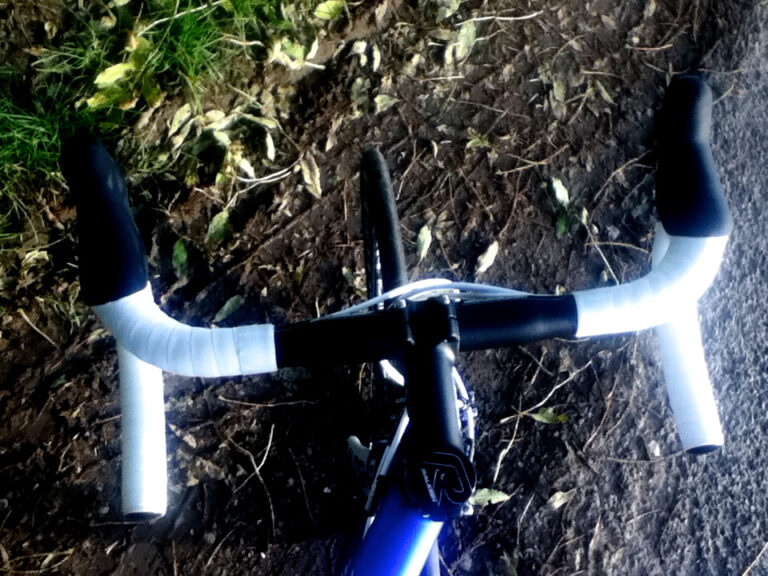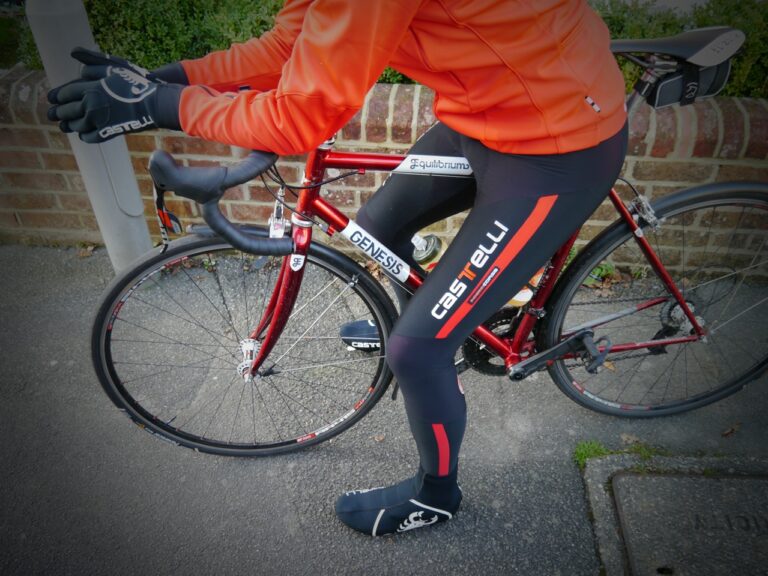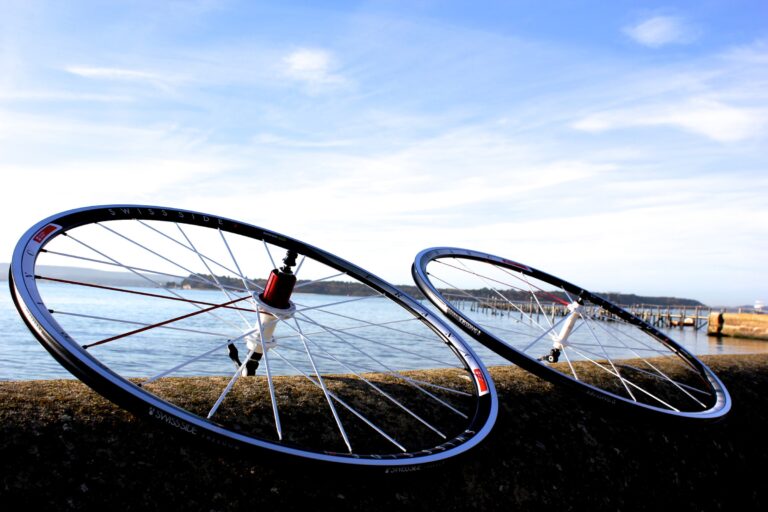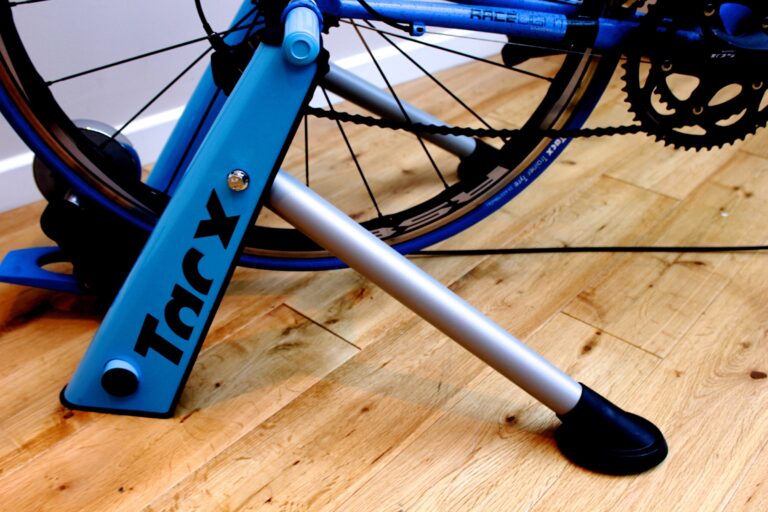It’s what the road cycling world has been waiting for. But is it what road cyclists need?
The fervour surrounding the introduction of hydraulic disc brakes for road bikes has reached a crescendo in recent months after years of discussion and development. Despite a continued bar on their use in road racing by the UCI (although not in cyclo-cross), two systems have hit the market in the last nine months: first, the Red 22 and S-700 units from SRAM, and now Shimano’s R785.

While SRAM have retained an unswerving allegiance to mechanical shifting, Shimano have opted to introduce their hydraulic road disc brake with a dual control lever for Di2 electronic shifting only – at this stage.
Lever and caliper will be sold as a package at £599 with accompanying 160mm or 140mm rotors, but bike manufacturers will need to commit to the development of new standards for the mounting of the front caliper before the 140mm rotor can be used. Shimano are confident that brake temperatures can be controlled with still smaller discs, and foresee a 130mm rotor in the not too distant future.
We traveled to Sicily, an island situated at the southern most tip of Italy, for Shimano’s press camp and a chance to try the hydraulic road disc brakes for ourselves; more specifically, to test them on the slopes of Mount Etna, whose average 10 per cent gradient on a 17km descent from 1,835m (the south side) provided ample opportunity to asses their stopping qualities.
In the following pages, we’ll give you the story behind the development of Shimano’s R785 hydraulic road disc brake, describe the technology that underpins it, how it might be developed, and, crucially, tell you how it rides.





